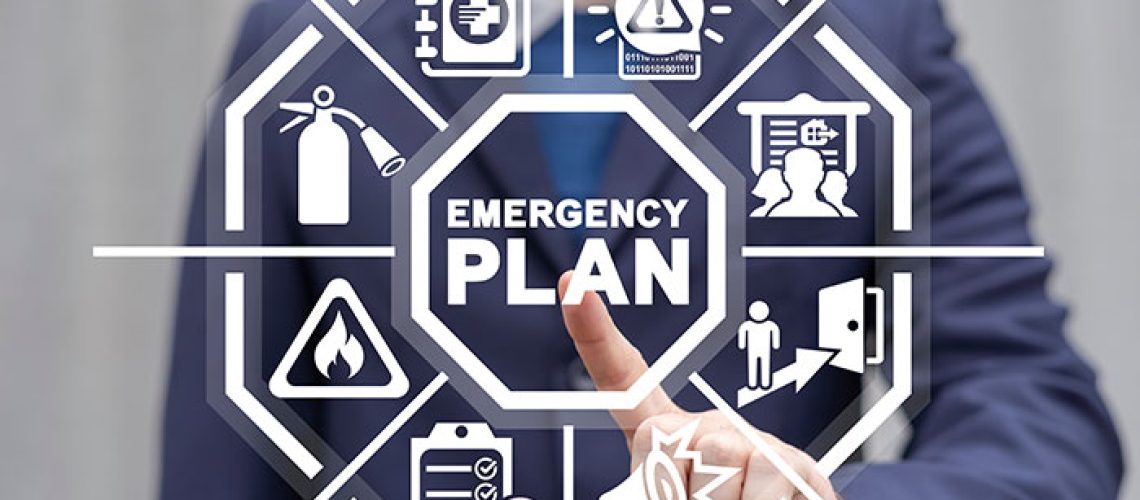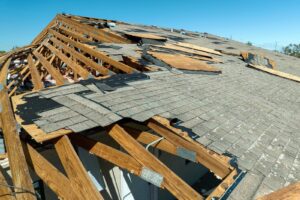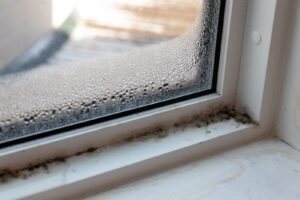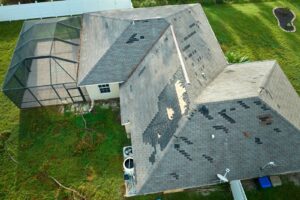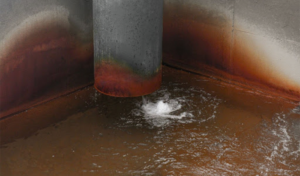If you live in an area prone to storms, you know that prioritizing your emergency preparedness efforts is extremely important. Storms can be unpredictable, and they have the potential to cause severe damage, disrupt your daily life, and even put your safety at risk. That’s why taking the necessary steps to ensure that you and your family are prepared for the worst is essential.
In this guide, we’ll look at what you need to know about emergency preparedness for a storm. From assessing your risk to making an emergency plan, we’ll cover all the key steps you need to take to be ready for any storm that comes your way.
Whether you’re a pro at dealing with storms or new to the area and its potential storm threats, this guide will provide you with valuable information and advice that you can use to protect yourself and your loved ones.
We’ll start by looking at what you need to do before a storm arrives so you can minimize the impact of a storm and ensure that you and your family are as safe as possible. We’ll then talk about what to do during a storm and after. So let’s get started and learn how to be prepared for anything that comes your way!
Before the Storm – Creating an Emergency Plan
One of the most important steps in preparing for a storm is creating an emergency action plan. This plan should outline the steps you and your family will take in case of an emergency, including what to do if you need to evacuate your home. By creating an emergency plan ahead of time, you can minimize confusion and stress during a storm and ensure that everyone stays safe and informed.
The first step in creating an emergency plan of action is to assess your risk. This involves identifying the types of storms most common in your area and the potential risks associated with each one.
For example, if you live in a coastal area, you may be at risk of hurricanes or tropical storms, which can bring high winds, storm surges, and heavy rainfall. If you live in a region with frequent thunderstorms or heavy snowfall, you may be at risk of lightning strikes, floods, or being stuck in your house for extended periods of time. Understanding the potential risks can help you plan and prepare accordingly.
Once you’ve assessed your risk, it’s time to create an emergency kit. This should include essential items like food, water, first aid supplies, flashlights, batteries, and a radio. You may also want to include extra clothing, blankets, and personal hygiene items. Be sure to store your emergency kit in a waterproof container and keep it in a designated location that everyone in your household knows about.
Finally, it’s essential to make a communication plan. This should include a designated meeting spot outside your home and a list of emergency contacts that everyone in your household can access. Also, consider installing a weather alert system or downloading a weather app to stay up-to-date on storm developments.
By creating an emergency plan of action before a storm arrives, you can help ensure that you and your loved ones are as prepared as possible.
During the Storm – How to Stay Safe
When a storm hits, taking the necessary precautions to protect yourself and your loved ones is essential. Here are some steps you can take to stay safe during a storm:
- Stay indoors: The safest place to be during a storm is indoors. Avoid going outside unless it’s absolutely necessary, as high winds and heavy rainfall during a thunderstorm can be extremely dangerous.
- Avoid using electrical appliances: During a thunderstorm, avoid using electrical appliances like computers, TVs, and hair dryers, as they can pose a risk of electrocution. Unplug these appliances before the storm arrives.
- Stay away from windows: High winds and flying debris can shatter windows, so it’s important to stay away from them during a storm. If possible, move to an interior room or a basement.
- Use flashlights instead of candles: Candles pose a fire hazard during a storm, so it’s best to use flashlights instead. Make sure you have plenty of batteries on hand to power your flashlights.
- Stay informed: Keep a battery-powered radio or weather app handy to stay up-to-date on storm developments. If authorities issue a warning or evacuation order, follow their instructions promptly.
- Follow your emergency plan: An emergency plan is crucial. Make sure that you stick to your plan (if it’s safe to do so) and communicate with those in the household throughout the duration of the storm.
By following these steps, you can help ensure that you and your loved ones stay safe during a storm. Remember to remain calm and focused, and don’t hesitate to call for help if you need it.
After the Storm – Checking for Damage and Making Repairs
Once the storm has passed and it’s safe to go outside, it’s vital to assess any damage to your property and make any necessary repairs. Here are some steps to follow:
- Check for structural damage: Inspect your home for any signs of structural damage, such as cracks in the walls or foundation. If you notice any significant damage, contact a professional for assistance.
- Check for water damage: Look for signs of water damage, such as wet floors or walls, and check your basement or crawlspace for flooding. If you find any water damage, quickly dry out the affected areas to prevent mold growth. You may need to hire water damage restoration services if the damage is extensive.
- Inspect your roof: Check your roof for any signs of damage, such as missing or loose shingles. If you notice any damage, contact a roofing professional to make repairs.
- Check your trees: Inspect any trees on your property for wind damage, such as broken or leaning branches. If a tree is leaning dangerously close to your home or power lines, contact a professional to have it removed.
- Check your utilities: Inspect your utilities, such as gas, electricity, and water, to ensure no leaks or damage. If you suspect a gas leak, leave your home immediately and call your gas company from a safe location.
- Document any damage: Take photos of any damage you find, which will be helpful when filing insurance claims or seeking assistance from government agencies.
By following these steps, you can ensure that your property is safe and secure after a storm. Remember, safety should always be your top priority, so don’t hesitate to contact a professional for assistance if you need it.
Finding a Restoration Company
When your property has been damaged by a storm, hiring a restoration company can be essential to ensure a safe and thorough cleanup and repair process. Restoration professionals have the training, expertise, and specialized equipment needed to handle storm and water damage restoration.
Additionally, a reputable restoration company will work closely with you and your insurance company to ensure the repair process is as smooth and stress-free as possible. Hiring a restoration company can help you get your property back to its pre-storm condition quickly and safely.
Trust Restoremasters for Expert Storm Damage Repairs
Emergency preparedness is essential when it comes to dealing with severe weather, but no matter how much you prepare, damages can still occur.
If a storm has damaged your property and you live on the Wasatch Front, don’t wait to get the help you need. Contact Restoremasters today to schedule an assessment and begin the restoration process. Our team of certified professionals has the expertise and specialized equipment required to handle storm damage repairs quickly and safely.
Whether you need help with water damage restoration, mold cleanup, fire damage, or wind damage, we’ll work closely with you to ensure that the repair process is as stress-free as possible. Contact us using our online form or call us at 801-446-6727, and let’s get your property back to its pre-storm condition.

